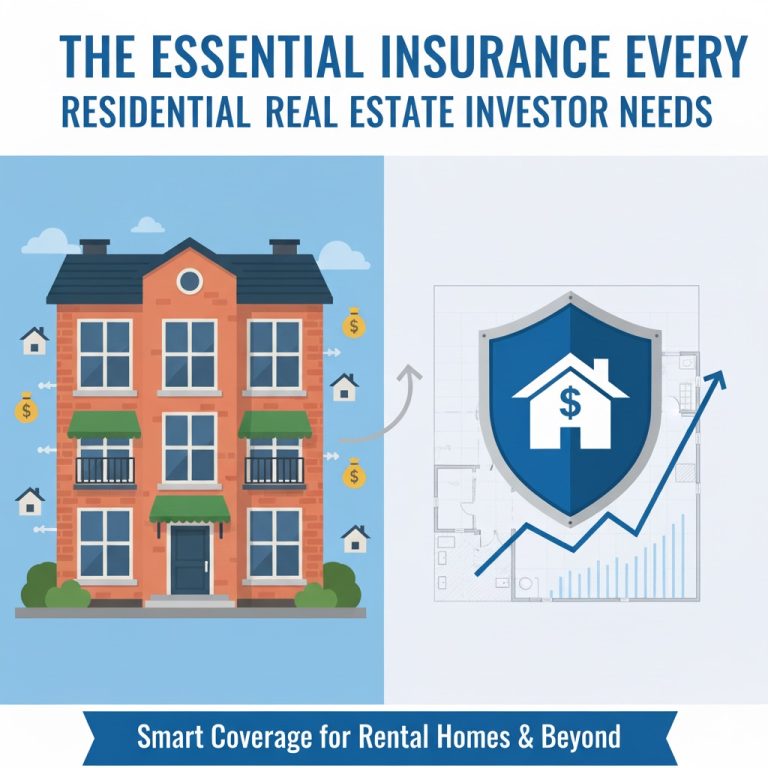
Insuring a residential investment property isn’t as simple as buying a standard homeowners policy. The stakes are higher, the risks are greater, and the margin for error is smaller. A well-structured insurance strategy can mean the difference between a minor setback and a financial disaster. Here are the most important do’s and don’ts every investor should know.
✅ Do disclose how the property is used. Be upfront with your insurer about whether the property is tenant-occupied, vacant, or under renovation.
✅ Do insure for full replacement cost. Make sure your policy covers the full cost to rebuild — not just market value.
✅ Do add liability and umbrella coverage. Even a minor injury on your property can turn into a major lawsuit.
✅ Do include loss of rental income. If a covered event forces tenants to move out, this coverage keeps cash flow stable.
✅ Do review coverage annually. Portfolio changes, renovations, and market shifts can all affect your insurance needs.
🚫 Don’t rely on a homeowners policy. As explained earlier, it won’t protect rental exposures.
🚫 Don’t underinsure to save money. Low premiums might look good — until a partial loss leaves you paying out-of-pocket.
🚫 Don’t ignore local risks. Flood, earthquake, or windstorm coverage may be essential depending on your property’s location.
🚫 Don’t forget vacancy clauses. Most policies change or limit coverage if a property sits empty beyond a certain period.
🚫 Don’t assume all policies are the same. Work with an agent who specializes in real estate investment properties.
A well-protected investment is a profitable one. By following these best practices — and avoiding the most common mistakes — you’ll ensure your properties, your income, and your financial future are fully protected from the unexpected.